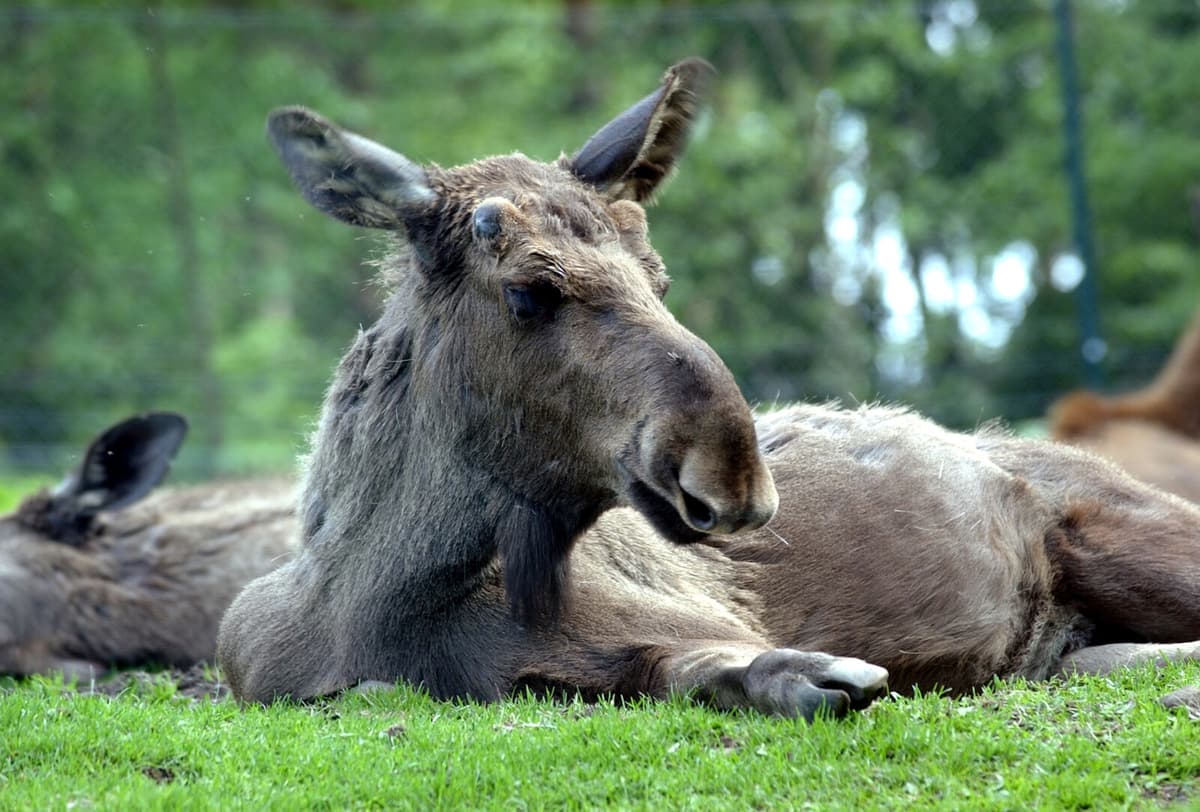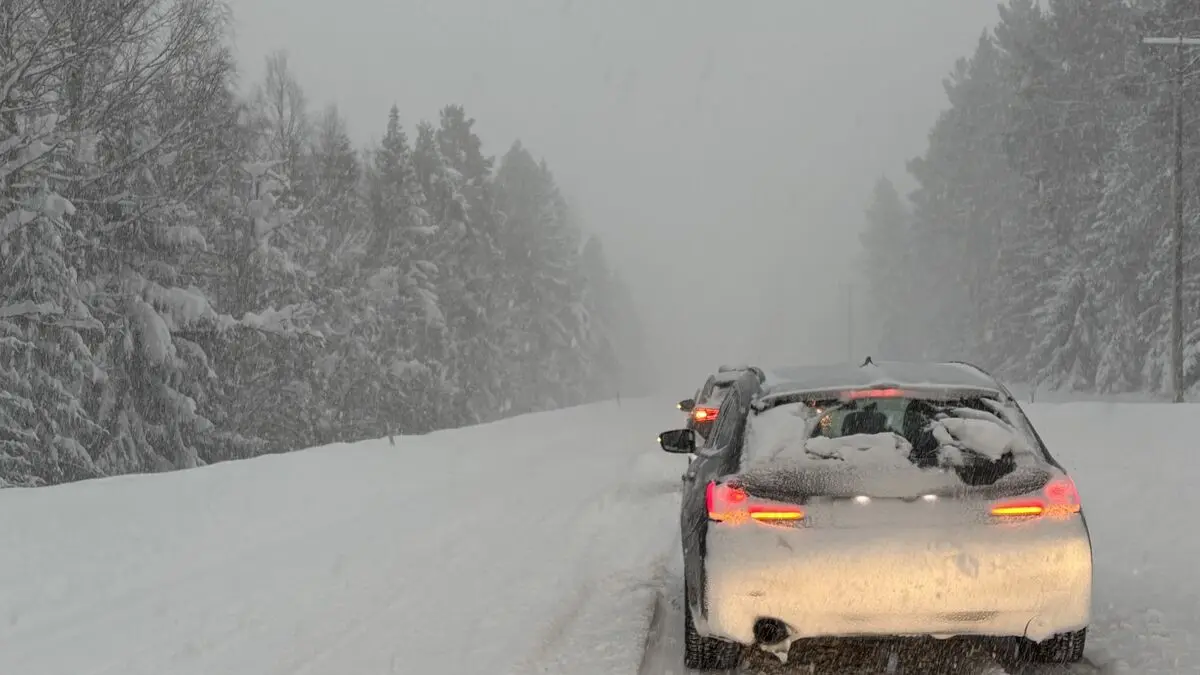Beaver and moose are a pair of species that are now considered to be decreasing to such an extent that they will be included on SLU's new preliminary list of endangered species in Sweden.
Despite the moose population having increased in recent years in northern Sweden and forestry companies wanting more moose to be shot to reduce grazing damage, the population has decreased by almost a quarter in the country over ten years.
The fact that the increased moose population in several parts of the country has led county administrative boards to allow hunting of more moose than in previous years does not affect the redlisting, notes Henrik Thurfjell, organism group manager for SLU's species database.
We are not affected by any societal goal or the forestry industry's desire to reduce the population, he says to TT.
Hunting the main reason
Despite hunting teams that have been worried about the decreased moose population deliberately shooting fewer moose than they have been allocated, hunting is the main explanation for the decline, according to Henrik Thurfjell.
There are concerns such as a warmer climate and diseases, but primarily it is because moose have been shot, he says.
The biggest concern that has appeared on the new red list is, however, the harbor porpoise in the Belt Sea, according to Henrik Thurfjell.
It is often caught as bycatch by fishermen, he says.
The otter off the list
More species have been added to the new red list than the number that have qualified to be considered robust enough to be removed.
In order for a species to be considered robust again, the rate of decline of the population must have been less than 15 percent over three generations. To ensure that it is not a temporary recovery, the species in question is kept on the list for a further five years. The otter, which is now being removed from the new red list, has increased over a long period, according to Henrik Thurfjell, partly as a result of efforts to remove chemicals and toxins from aquatic environments.
At the same time, the beaver, which is new to the red list, may be decreasing possibly because the otter has returned as a competitor, according to Henrik Thurfjell.
The otter lives in the same environments as the beaver and takes the occasional beaver, he says.
SLU's red list is updated every five years and is a compilation and assessment of the population decline of different species. On this year's new preliminary list, which is open for reporting until September 15 this year, 210 species have been added and 228 have been added compared to the previous list.
Other species that are being added to the new red list include the orchid Adam and Eve, char, herring, and the ringed seal (a type of seal). According to SLU, the decline of Sweden's moose population is estimated to be between 15 and 30 percent for the period between 2011 and 2032.
A redlisted species is a species that is not considered to have a long-term robust population in Sweden and which risks disappearing from the country. But different categories exist for different species:
If a particular species has fewer than 20,000 individuals in a population, it can be classified as redlisted, but if it is, for example, the golden eagle, it is not redlisted until the number is below 2000.
Sources: Swedish University of Agricultural Sciences (SLU) and the Swedish Environmental Protection Agency.






